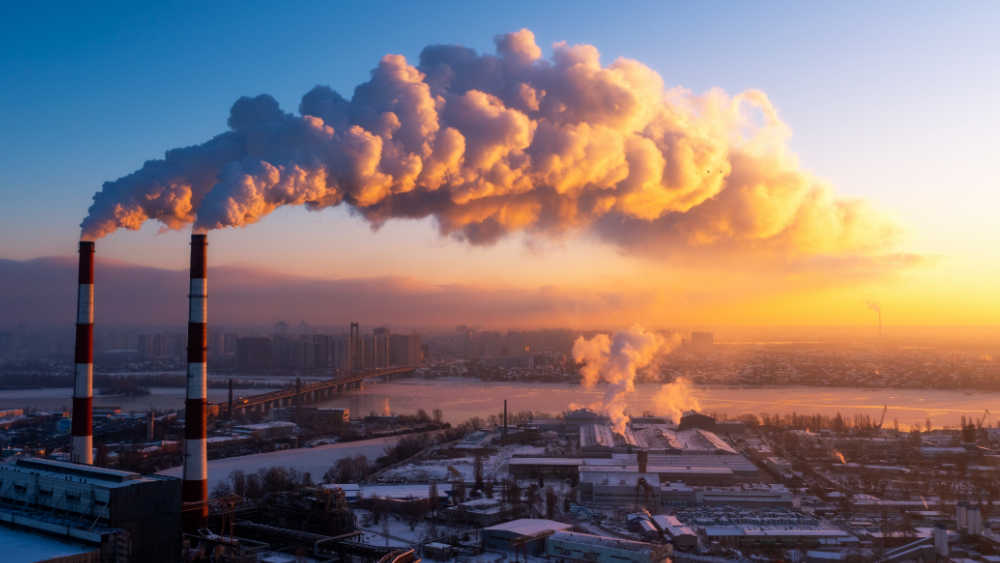EU greenhouse gas emissions reduced by 7% in 2023

In 2023, the EU’s greenhouse gas emissions by economic activities and households totalled 3.4 billion tonnes of CO2 equivalents. This represents a 7% decrease compared with 2022 and 18% reduction compared with 2013.
Between 2013 and 2023, producers in almost all economic activities reduced their greenhouse gas emissions. Electricity, gas, steam and air conditioning supply achieved the sharpest rate of decline and the largest overall decrease, with a 43% drop (448 million tonnes of CO2 equivalents). During this period, 3 other economic activities also recorded double digit reductions: mining and quarrying (-25%, 18 million tonnes of CO2 equivalents), services (-20%, 54 million tonnes of CO2 equivalents), and manufacturing (-17%, 142 million tonnes of CO2 equivalents).
The only economic activity with more emissions was transportation and storage, with a 14% increase in 2023 compared with 2013.
At the same time, there was a 14% decline in greenhouse gas emissions by households (110 million tonnes of CO2 equivalents).
Source dataset: env_ac_ainah_r2
Greenhouse gas emission intensity decreased by 32% compared with 2013
The greenhouse gas emissions intensity measures the amount of emissions (measured in CO2 equivalents) per unit of gross value added (measured in euro) in a given economy. A decrease in the emissions intensity means fewer emissions for the same amount of economic value added.
The greenhouse gas emissions intensity in the EU decreased by 32% from 2013 to 2023. This means that the EU economy simultaneously increased its value added (+19%) and reduced its greenhouse gas emissions. The largest reductions in emissions intensity were recorded in Estonia (-61%), Ireland (-50%) and Slovenia (-41%).
Source dataset: env_ac_aeint_r2
By contrast, Austria (-17%), Lithuania (-17%), and Luxembourg (-19%) made moderate reductions in the greenhouse gas emissions intensity.
For more information
- Statistics Explained article on greenhouse gas emission accounts
- Statistics on climate change mitigation - online publication
- Environmental accounts dashboard
- Thematic section on environment
- Database on environment
- News item ‘Focus on EU climate change mitigation and environment statistics’
Methodological notes
- Greenhouse gases comprise carbon dioxide (CO2), methane (CH4), nitrous oxide (N2O) and the fluorinated gases (also called ’F-gases’) hydrofluorocarbons (HFC), perfluorocarbons (PFC), nitrogen trifluoride (NF3) and sulphur hexafluoride (SF6).
- Air emissions accounts organise the EU economy emissions data by economic activity, using the NACE classification. Eurostat’s air emissions accounts offer a detailed analysis by 64 economic activities following the EU’s statistical classification of economic activities (NACE Rev. 2) from 2008.
If you have any queries, please visit our contact us page.

